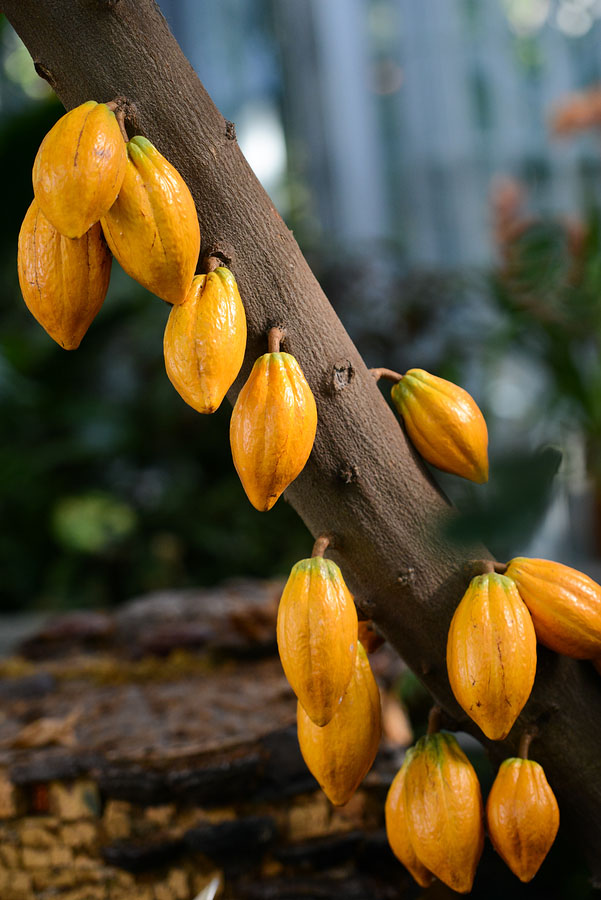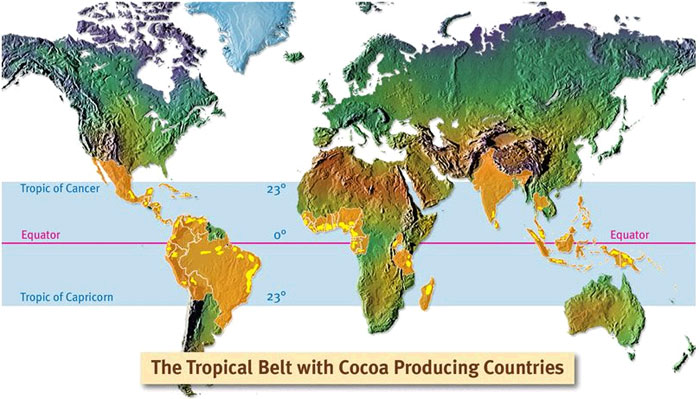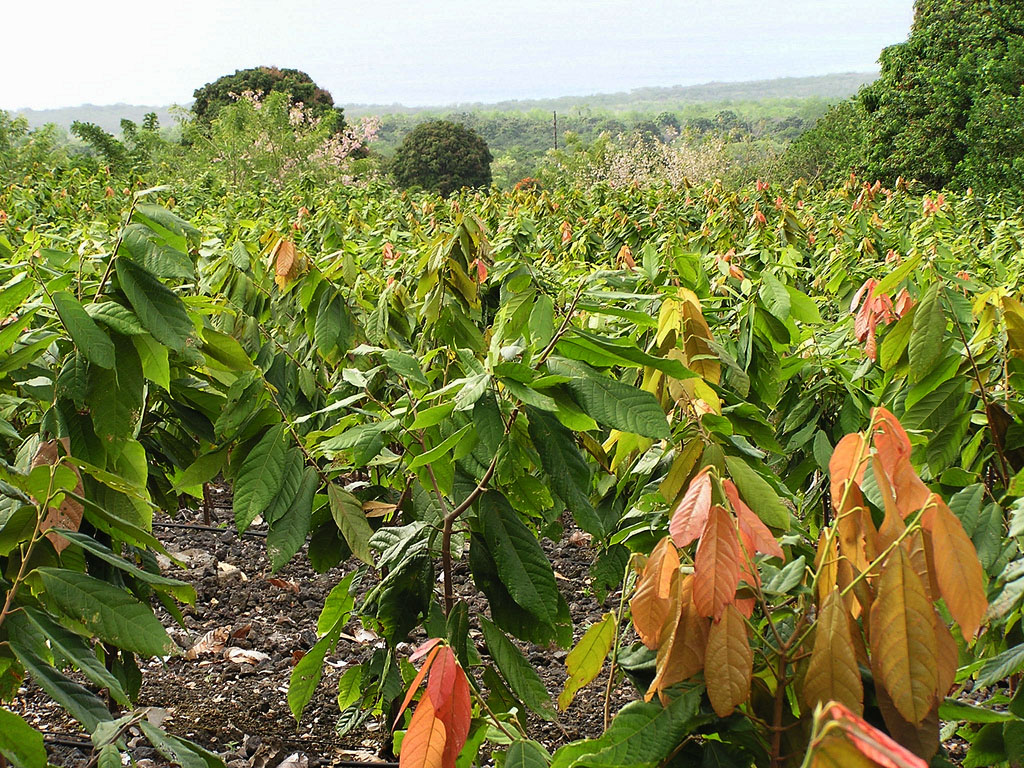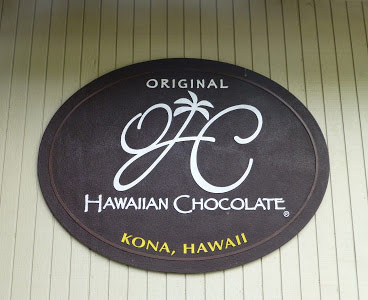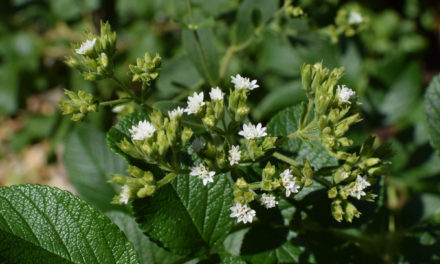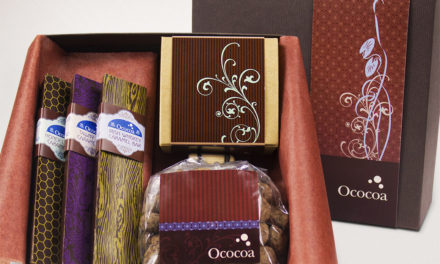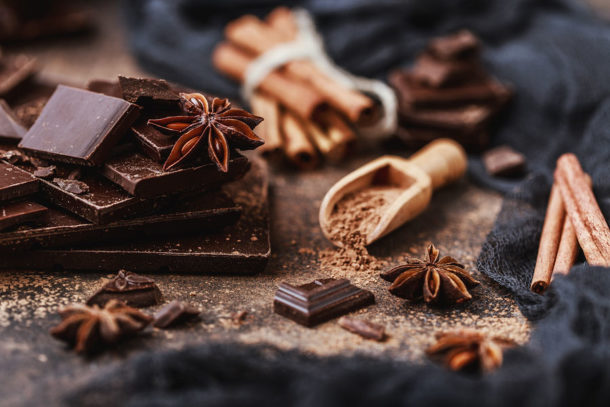by Rene Zimbelman
When you think of where cacao is grown, Mexico, South America and Africa are probably the three main regions that spring to mind. But did you know cacao seeds grow right here in the United States as well?
Now it might not quite be in your backyard, since it’s not on the mainland, but yes, cacao does indeed grow in the beautiful state of Hawaii. And with a Hawaiian population of just under 1.5 million compared to the rest of the U.S. at 324 million, chances are you live outside the gorgeous Aloha State. After you finish this article, however, your next vacation plans may change, especially if you want to experience a cacao plantation firsthand.
Why Hawaii?
Hawaii can grow chocolate because its location falls in a slim region referred to as the Chocolate Belt, or the Cocoa Belt. This band extends 20 degrees of latitude both north and south of the equator. In order to flourish, cacao beans require fairly constant, warm-to-hot temperatures, with high humidity and a lot of rainfall.
The only other U.S. region capable of growing cacao is South Florida, but you won’t find any cacao plantations there. Why? Because South Florida endures the occasional cold spell, which can quickly kill a cacao tree. Also, the wood of the tree is very soft, which means cacao trees are quite susceptible to wind damage. Given the region’s penchant for tropical storms and hurricanes, growing cacao there on a commercial scale would prove risky at best.
Enter Hawaii – the only place in the U.S. where cacao can grow year-round without the crippling fear of harsh weather hazards. That said, over the years Hawaii certainly has endured its own share of chocolate-producing challenges. Let’s take a look at how the world’s most delicate, prized bean made its way to America’s paradise.
Aloha… to a Troubled Chocolate History
Ask two different historians how cacao made its way to Hawaii, and you’ll likely get two different answers. Some say the earliest mention is “Guatemalan Cocoa” in Don Marin’s garden, the horticulturist for King Kamehameha I, in 1831. Others claim that the honor belongs to botanist William Hillebrand, when he brought over the first cacao trees in 1850. Regardless of its true Hawaiian beginnings, chocolate has not had an easy road in the Aloha State.
In the early 1900s, despite solid efforts, cacao just couldn’t take hold, even with plantings in the moist, sheltered, sea level areas of Hilo, Puna and Hana. It also didn’t help when, in the first half of the 20th century, World Wars I and II severely hampered global trade routes, causing cacao prices to soar. Even when peacetime finally prevailed and trade routes reopened, local interest in chocolate remained surprisingly low.
A second major chocolate attempt finally came in the 1980s, however, when Jim Walsh, a former marketing executive from Chicago, partnered with Hershey and a Hawaiian land development company. The businessman hoped to bring Hawaii-grown chocolate to the masses, but the company struggled mightily from management mishaps, and he was sued often by outside parties, including once by Hershey. On a not so minor side note, Hershey won.
Still, Walsh went on to found Hawaii Vintage Chocolate (HVC), and in 1994 the company released its first chocolate, made partially with cacao from the Big Island. However, by 1997 it began wholly substituting foreign cacao in its production due to significant crop failures. After four years, HVC was investigated by the State of Department of Agriculture for falsely claiming it used Hawaiian cacao in its chocolate, and was ordered to stop making such claims. It looked as if Hawaiian cacao just couldn’t get a break!
Hawaiian Cacao Fields
Reversal of Fortune
Walsh’s failure inadvertently turned into Hawaii’s first true cacao success, however, when husband and wife team Bob and Pam Cooper took over the 6-acres Hualalai orchard from HVC on Hawaii Island. With 1,350 cacao trees, Bob and Pam created The Original Hawaiian Chocolate Factory…


